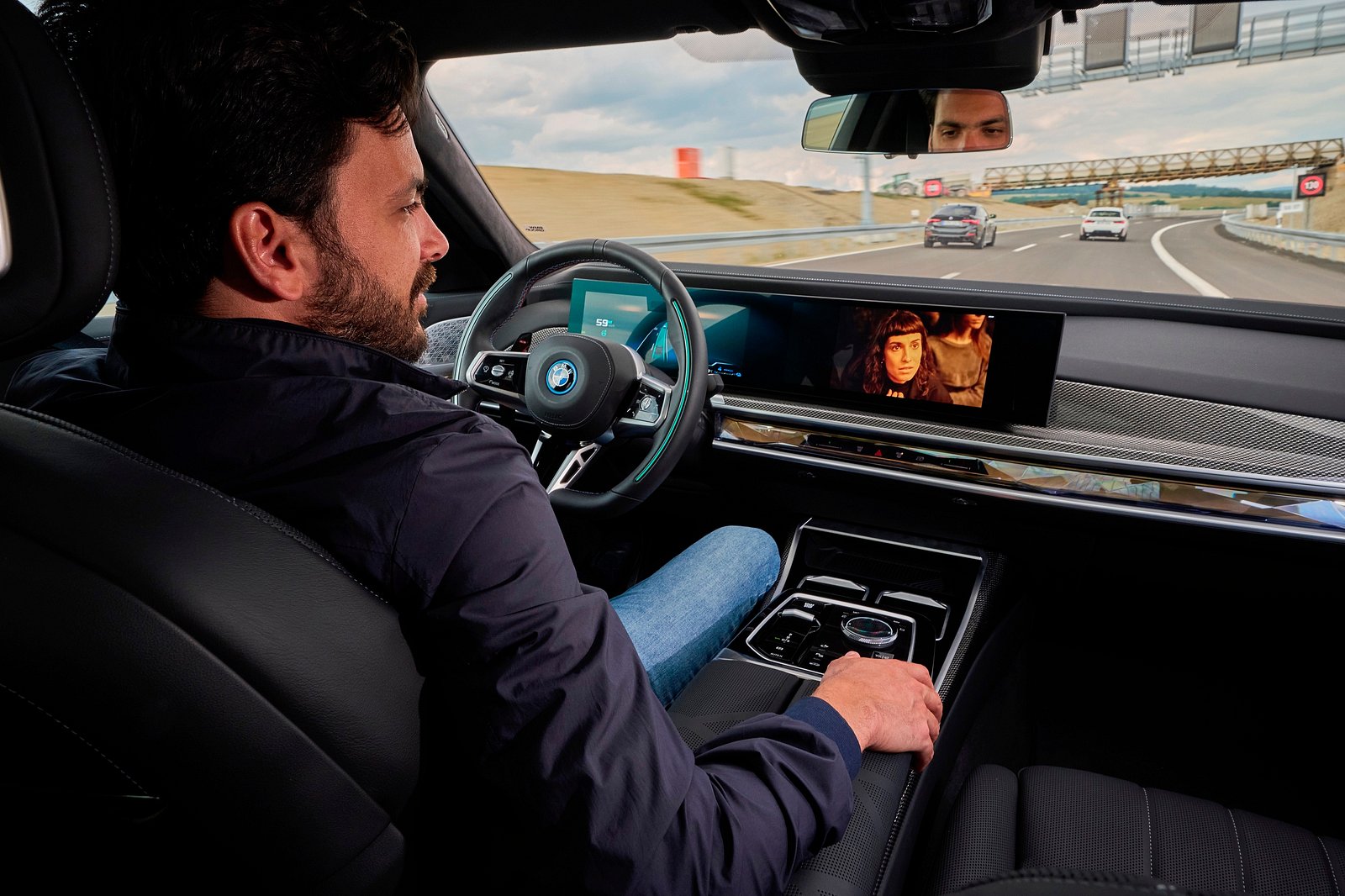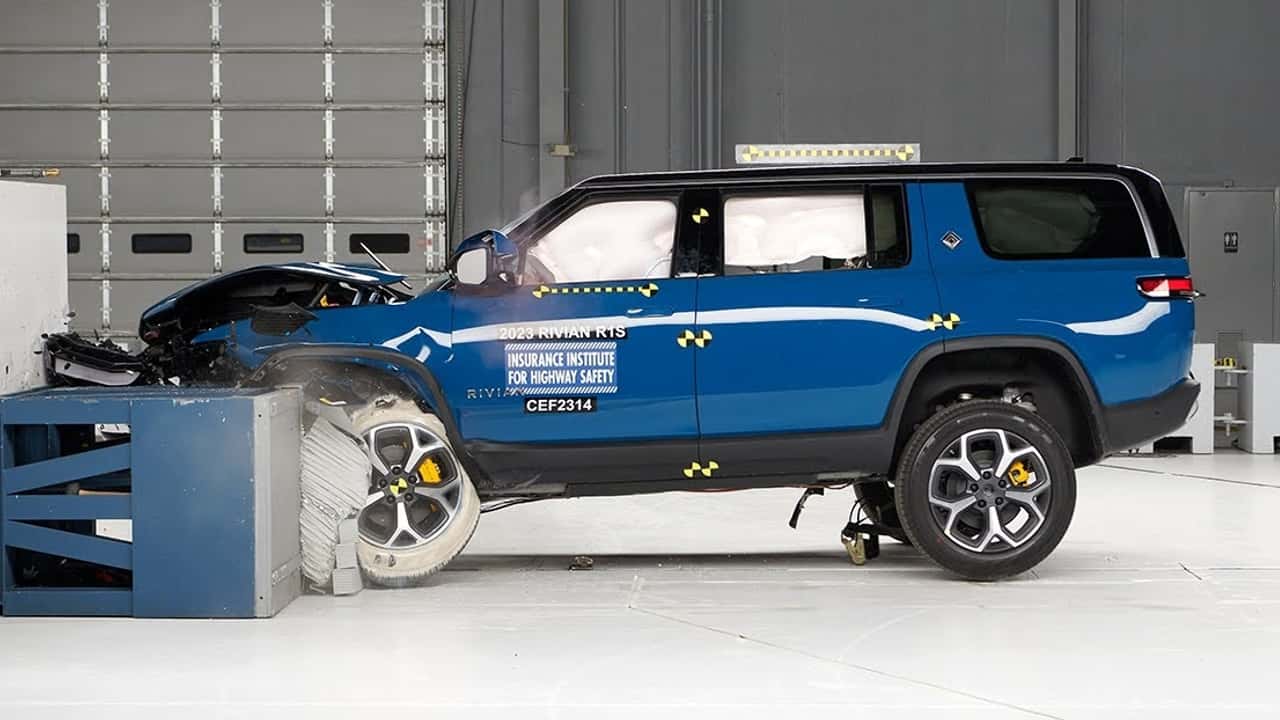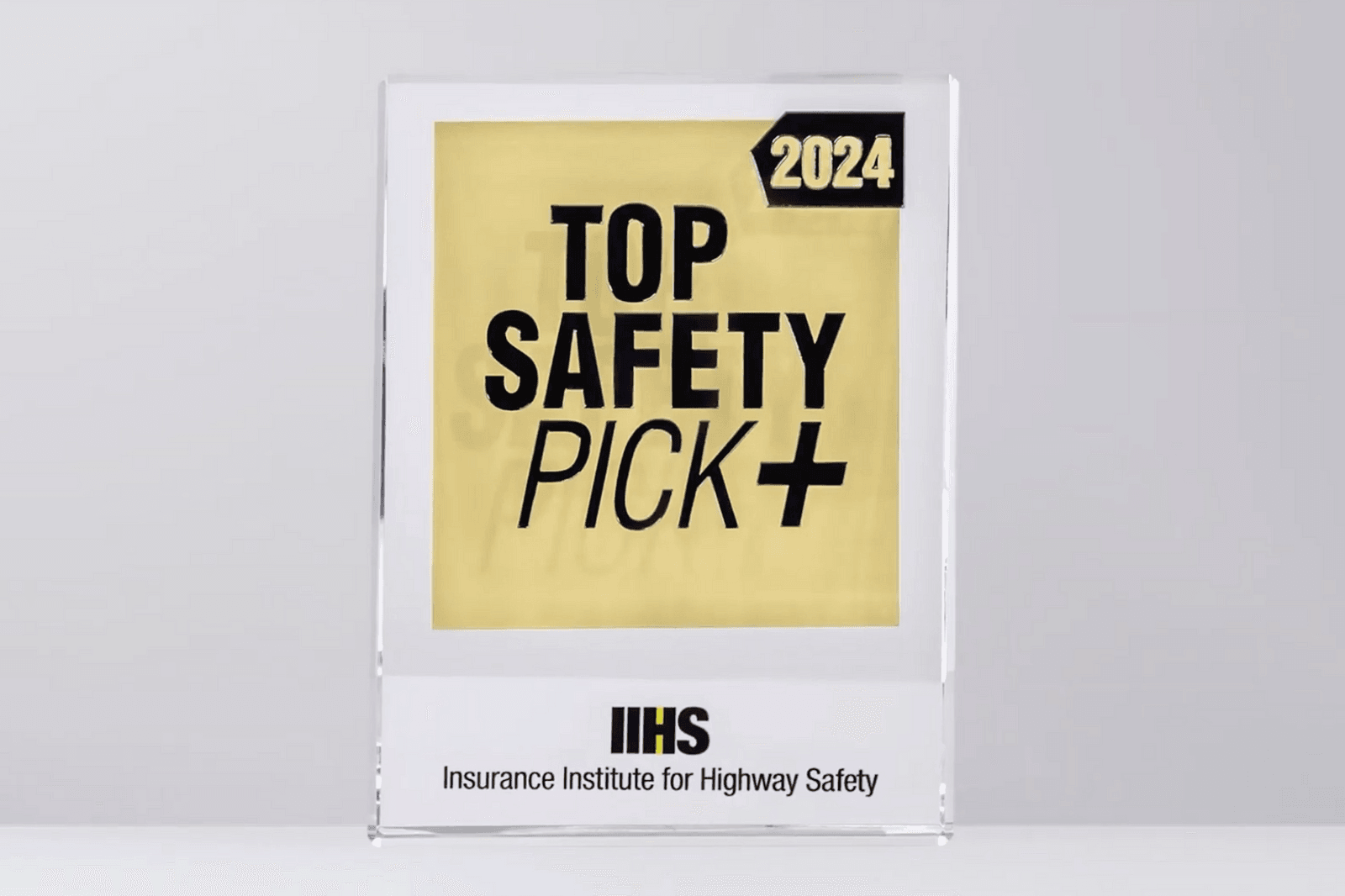IIHS Fails to Approve Driver Monitoring Systems; BMW’s System Unaware When Camera Covered
The program rates these systems as either advanced or superiorThe recent report from the Insurance Institute for Highway Safety has revealed the results of their latest evaluation program for semi-automated driving systems, which has brought some unexpected findings. The initiative categorizes these systems as either advanced or superior based on their level of safeguard features.
A total of 14 systems have undergone testing, with just a single system attaining an ‘Acceptable’ rating. Meanwhile, two systems were deemed as ‘Marginal’ while 11 systems received a ‘Poor’ score.
Numerous brand-new vehicles currently available for sale come equipped with semi-autonomous features for driving. Despite this advanced technology, the driver is still responsible for maintaining attention and holding onto the steering wheel. In cases where this does not occur, the vehicle must intervene and alert the driver. Unfortunately, according to the IIHS, a significant number of these systems lack effectiveness and could potentially pose a danger to both the passengers inside and other individuals on the road.

According to IIHS President David Harkey, “We evaluated partial automation systems from BMW, Ford, General Motors, Genesis, Lexus, Mercedes-Benz, Nissan, Tesla and Volvo.” However, the majority of these systems lack sufficient measures to prevent misuse and ensure that drivers remain attentive to the road.
The Lexus LS is the sole vehicle in which the Teammate system achieved an ‘Acceptable’ rating, with the GMC Sierra and Nissan Ariya receiving ‘Marginal’ ratings. Interestingly, the Volvo S90, Tesla Model 3, Genesis G90, Mercedes-Benz C-Class, and Ford Mustang Mach-E all received a concerning ‘Poor’ rating. It should be brought to attention that both the Lexus LS and Nissan Ariya offer alternative safety systems with lower performance.
According to IIHS Senior Research Scientist Alexandra Mueller, there are numerous flaws within these systems. She points out that a common issue is the lack of proper monitoring of the driver’s attention. Although there are reminders in place, they are not prominent enough and do not warn the driver in a timely manner. Furthermore, Mueller notes that many of these systems can still be activated even if the occupants are not wearing seatbelts or if other essential safety features are turned off.

The IIHS introduced a novel examination in the hopes that automakers will create enhanced safety measures to prevent drivers from neglecting or misusing semi-autonomous technology. In addition, the organization desires for manufacturers to incorporate extra safeguards, such as disabling partial self-driving systems if seat belts are not fastened or deactivating automatic emergency braking.
According to the IIHS, there are already improvements being implemented. For instance, Tesla has already enhanced its systems through over-the-air software updates. However, it’s not all negative as the IIHS is confident that these systems can be upgraded swiftly and with minimal difficulty. In the words of Harkey, “No single system excelled in all areas, but at least one system performed well in each category. This suggests that the necessary solutions are easily accessible and, in certain cases, can be achieved through a basic software update.”

None of the 14 systems assessed fulfilled the standards for driver monitoring. However, Ford’s BlueCruise and Adaptive Cruise Control came the closest, providing warnings when the driver’s face or camera was obstructed. In contrast, BMW’s system remained inactive even when the driver’s face or camera was obscured.
In accordance with the IIHS, continual reminders to stay alert are crucial. These systems must promptly warn the driver if they stray their gaze from the road, using a two-fold alert system (both audible and visual) that is activated within a 10-second timeframe (one of the stipulations imposed). Out of all the companies, only Ford’s BlueCruise, Lexus’ Teammate, and GM’s SuperCruise have successfully met these criteria.
It is evident that there is still significant progress to be made in driver assistance systems. The AAA has previously cautioned us about the reliability of driver monitoring systems, yet many drivers persist in placing excessive reliance on this technology, often resulting in disastrous consequences.







